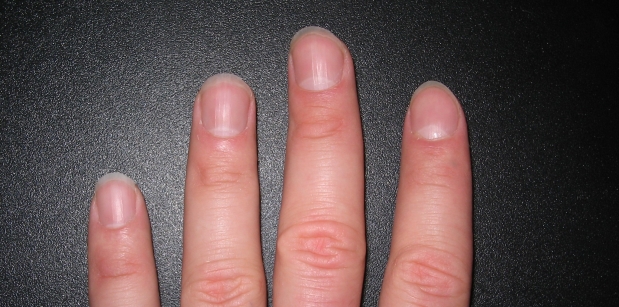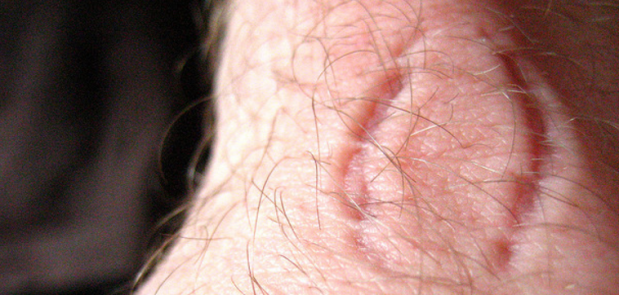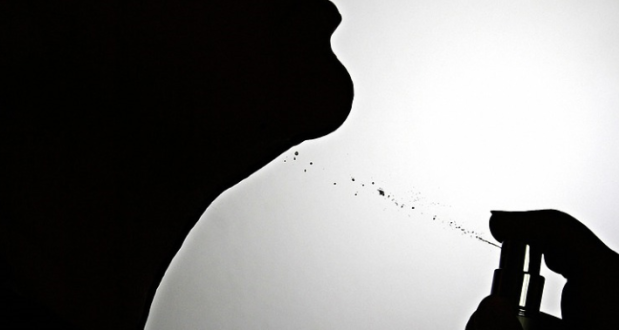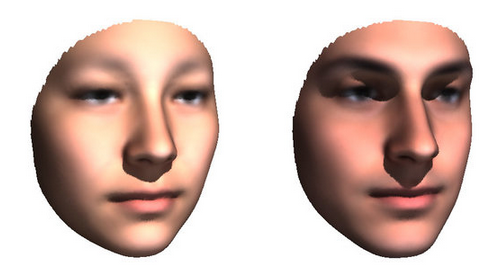When human remains are discovered, investigators will often turn to routine methods such as fingerprinting, DNA profiling and the use of dental records to identify the individual. But in the absence of database records for comparison, such traditional techniques may not prove all that useful, and forensic scientists must look for new ways to identify the unknown.
In recent years the use of stable isotope analysis has aided forensic investigations, particularly in establishing the geographic origin of unidentified human remains. Isotopes are different forms of an element. For example, oxygen has three naturally occurring stable isotopes: O16, O17 and O18. These isotopes are incorporated into substances in the environment (such as water) in varying ratios. The relative abundance of isotopes can be influenced by various factors in a process known as isotopic fractionation. It has been found that isotopic ratios can be related to different regions of the world. For example, the tap water in one country may have a completely different isotopic signature in comparison to water in another country. How does this relate to the isotopes found in our bodies? Well, you are what you eat. As you consume food and water from a particular area, the atoms in our bodies express abundances similar to the food and water consumed.
This provides the basis for using isotope analysis to trace materials back to a certain geographic region. It has already been demonstrated that the isotopic analysis of bones, teeth and other bodily tissues can allow for individuals to be traced to particular locations, typically through the analysis of oxygen, hydrogen and sulphur isotopes. However last year, researchers at the University of Utah took a different approach, this time focusing on fingernails.
As with bones and teeth, the isotopic content of our fingernails will be affected by factors such as the food and water we consume. As fingernails are estimated to grow at a rate of 3-4mm per month, they are a prime target for studying isotopic patterns in an individual over a shorter timespan (less than six months as oppose to years). This is by no means the first study of isotope abundances in fingernails, but previous research has typically focussed on single timepoints rather than tracking the same individuals over time. As global travel becomes more commonplace, it is increasingly likely that human remains could have originated from any part of the world. Therefore, we need to understand how travel can cause changes in isotope abundances within the body.
This study aimed to establish whether fingernail isotope ratios were different in a group of local people in comparison to non-locals who had recently moved to the area (in this case Salt Lake City in the United States). Over a period of a year, fingernail clippings were collected at multiple timepoints from a group of volunteers, about half of which were local residents and the rest individuals who had recently arrived from various locations across the US and the world. The fingernail clippings were cleaned (to remove surface components and contaminants that could interfere with the analysis) and subjected to analysis by isotope ratio mass spectrometry (IRMS). IRMS is a particular type of mass spectrometry that allows us to measure the isotopic abundance of certain elements typically hydrogen, carbon, nitrogen, and oxygen. You can read more about IRMS here.
The isotope values of samples from residents were used to construct a baseline of expected values for the area, with isotope values from non-residents’ samples being compared with these. Initially, samples from non-residents showed a wide range of isotopic values, which is to be expected given they had only recently moved to the area. Some residents did fall within the expected range of locals, but these participants had moved from relatively nearby locations, which could explain the similar relative isotopic abundances. However after about 3 months, the fingernail isotopic patterns shifted until the non-residents could no longer be distinguished from the residents. This indicates that although the relative abundance of isotopes in our fingernails can shed some light on geographical movement, it can only provide information relating to the past few months. Inevitably there will always be a certain amount of error associated with such analyses, with variation from the likes of short-term travel and random dietary changes being impossible to account for.
Mancuso, C. J, Ehleringer, J. R. Resident and Nonresident Fingernail Isotopes Reveal Diet and Travel Patterns. Journal of Forensic Sciences. 2019, 64(1).










